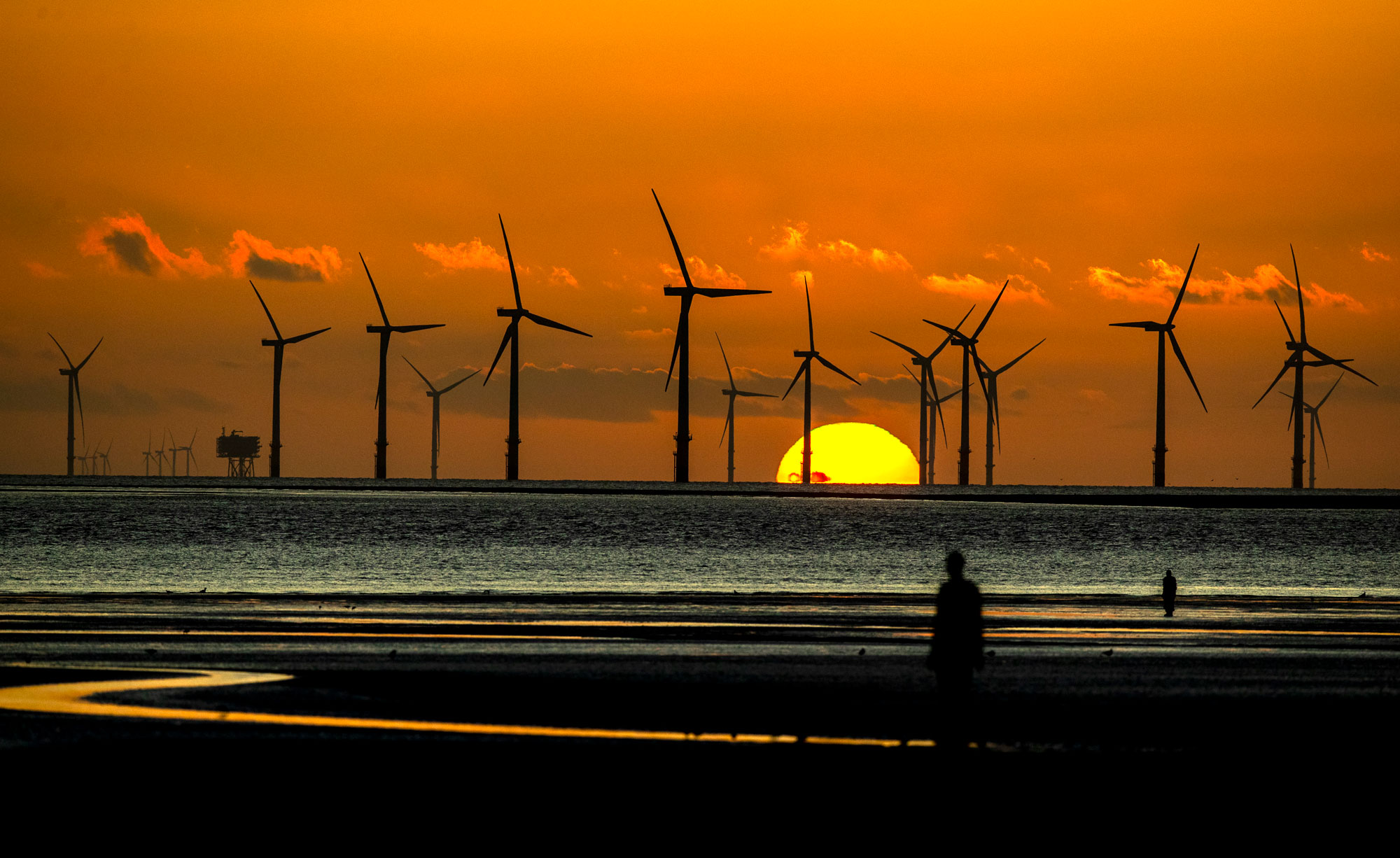The UK just got more power from renewables than fossil fuels for the first time

The news: In the third quarter of this year 40% of the UK’s electricity came from renewables like wind, biomass, and solar, while fossil fuels—virtually all gas in the UK’s case—made up 39%, according to climate change analysts Carbon Brief. The remaining 21% mostly came from nuclear. It’s the first time this has happened since the UK’s first power plant fired up in 1882. The UK’s National Grid (its power transmission network operator) had predicted that zero-carbon electricity would overtake gas and coal-fired power this year.
Why? The milestone is largely due to a few new offshore wind farms that came online from July to September this year. The wind farm industry in the UK is in the midst of a boost as turbines become bigger and more efficient, making projects easier to justify commercially.
But …. It’s worth noting that 12% of electricity in the quarter came from biomass, which may count as renewable, but isn't necessarily carbon free. “In some circumstances [biomass] could lead to higher emissions than from fossil fuels,” Carbon Brief noted, adding that the Committee on Climate Change has urged the UK to shift away from biomass power plants.
The global context: The country has made rapid progress, considering that fossil fuels made up four-fifths of its electricity just a decade ago. However, others are further ahead still, and it’s worth remembering the UK accounts for a tiny proportion of global carbon emissions anyway. Germany passed the same milestone as the UK last year, while Sweden met it seven years ago. The power grids in Iceland, Norway, and Costa Rica run almost entirely on renewable energy already.
However: In the grand scheme of things, three countries matter most: China, the US, and India. Between them, they account for about half of all global carbon emissions. China’s share of renewables in its power-generation mix is almost 27%. In the US it’s just 18%.
Update: This piece was updated to note that biomass produces climate emissions.
Deep Dive
Climate change and energy
The problem with plug-in hybrids? Their drivers.
Plug-in hybrids are often sold as a transition to EVs, but new data from Europe shows we’re still underestimating the emissions they produce.
Harvard has halted its long-planned atmospheric geoengineering experiment
The decision follows years of controversy and the departure of one of the program’s key researchers.
Why hydrogen is losing the race to power cleaner cars
Batteries are dominating zero-emissions vehicles, and the fuel has better uses elsewhere.
Decarbonizing production of energy is a quick win
Clean technologies, including carbon management platforms, enable the global energy industry to play a crucial role in the transition to net zero.
Stay connected
Get the latest updates from
MIT Technology Review
Discover special offers, top stories, upcoming events, and more.